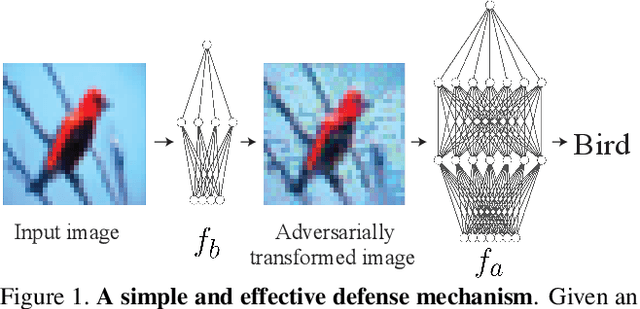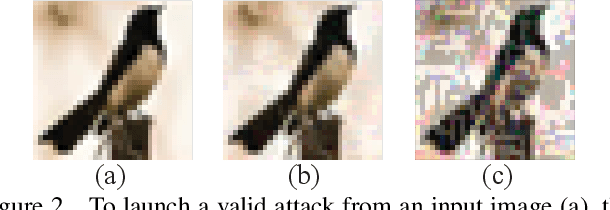One Man's Trash is Another Man's Treasure: Resisting Adversarial Examples by Adversarial Examples
Paper and Code
Nov 27, 2019



Modern image classification systems are often built on deep neural networks, which suffer from adversarial examples--images with deliberately crafted, imperceptible noise to mislead the network's classification. To defend against adversarial examples, a plausible idea is to obfuscate the network's gradient with respect to the input image. This general idea has inspired a long line of defense methods. Yet, almost all of them have proven vulnerable. We revisit this seemingly flawed idea from a radically different perspective. We embrace the omnipresence of adversarial examples and the numerical procedure of crafting them, and turn this harmful attacking process into a useful defense mechanism. Our defense method is conceptually simple: before feeding an input image for classification, transform it by finding an adversarial example on a pre-trained external model. We evaluate our method against a wide range of possible attacks. On both CIFAR-10 and Tiny ImageNet datasets, our method is significantly more robust than state-of-the-art methods. Particularly, in comparison to adversarial training, our method offers lower training cost as well as stronger robustness.
 Add to Chrome
Add to Chrome Add to Firefox
Add to Firefox Add to Edge
Add to Edge